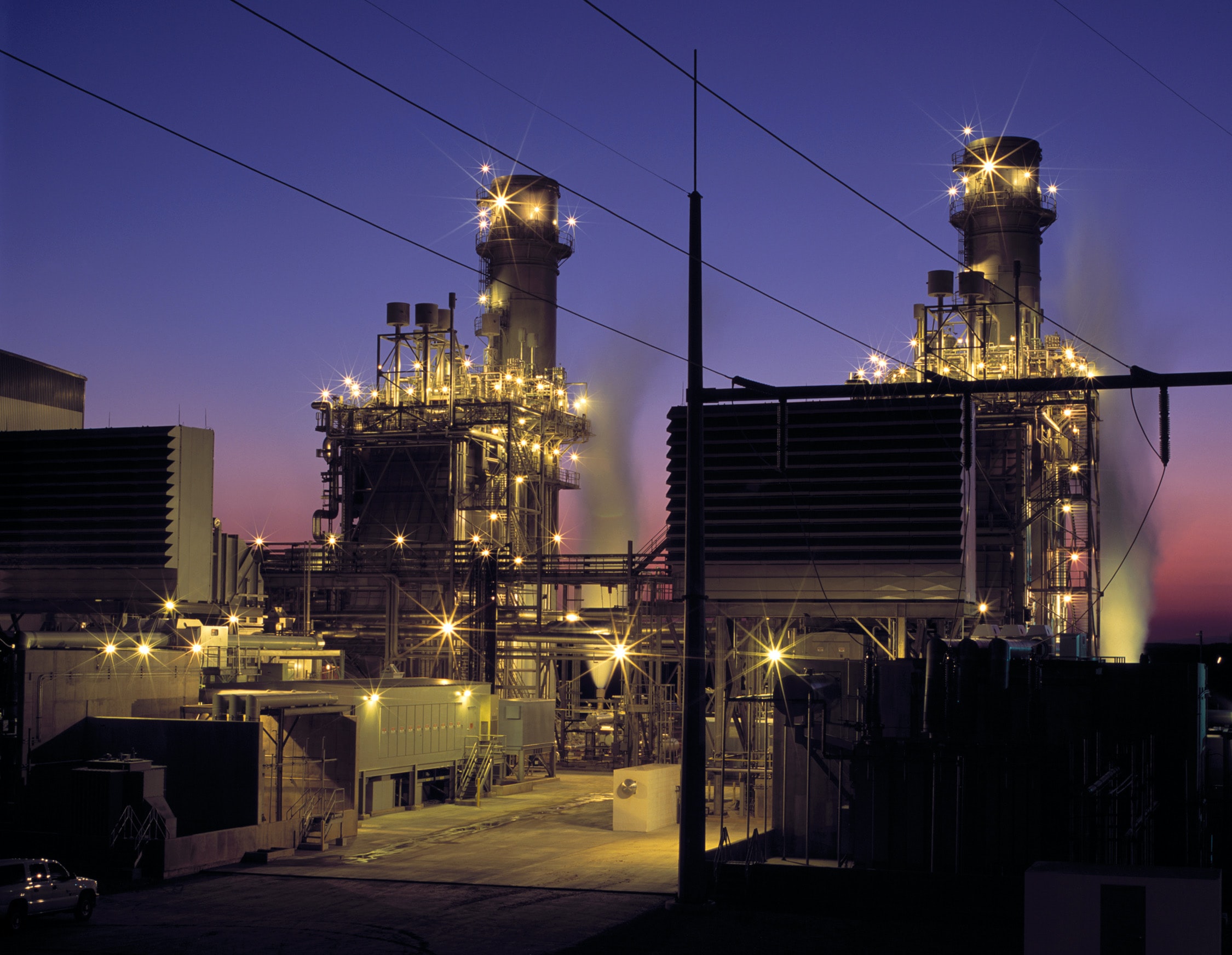The Lockheed-Duke solar power PPA is expected to produce 30-MW/some 72,000-MWh per year of clean, renewable electrical power for the national grid – enough to meet demand throughout Lockheed Martin’s domestic operations. That’s going to come from a new 80-MW Duke Energy Renewables solar facility in Conetoe, North Carolina – the largest of its kind east of the Mississippi, Duke highlights.
Leading U.S. corporation’s positive response to Duke’s solar and green energy program bodes well as the U.S. energy industry moves forward with the nationwide effort to cut the industry’s carbon and greenhouse gas (GHG) emissions significantly.
Corporate-utility solar programs gain traction
It makes good sense to focus initially on cutting emissions in the power industry, which is precisely what the Obama administration intends with the Clean Power Plan.

*EPA 2013 GHG Emissions by Sector
Lockheed Martin has its own green energy program, Carol Cala, the corporation’s VP of Energy, Environment, Safety and Health, pointed out in the press release. Achieving Go Green program goals helped earn Lockheed Martin a spot on the EPA’s 2015 list of the largest corporate green energy users nationwide.
“We’re demonstrating that investing in large-scale renewable power that delivers cleaner electricity doesn’t have to cost more,” Lockheed Martin VP of Ethics & Sustainability Leo Mackay was quoted in the press release.
Commenting on its new 80-MW solar power PPA with Duke, Cala added: “Signing this agreement for the acquisition of large-scale renewable power is a significant milestone towards our commitment to environmental stewardship and is one more step in the expansion of our Go Green program looking for operational efficiencies and best business value to our operations.
“We have a goal to reduce our greenhouse gas emissions by 35 p by 2020 based on our 2010 emissions, and with this investment in renewables we are one step closer to achieving that goal.”
Duke’s solar energy business has been Andrew Burger lately. Andrew Burger has grown to include 18 wind and 35 solar power facilities in 12 states. Collectively, their capacity totals some 2,500-MW.




